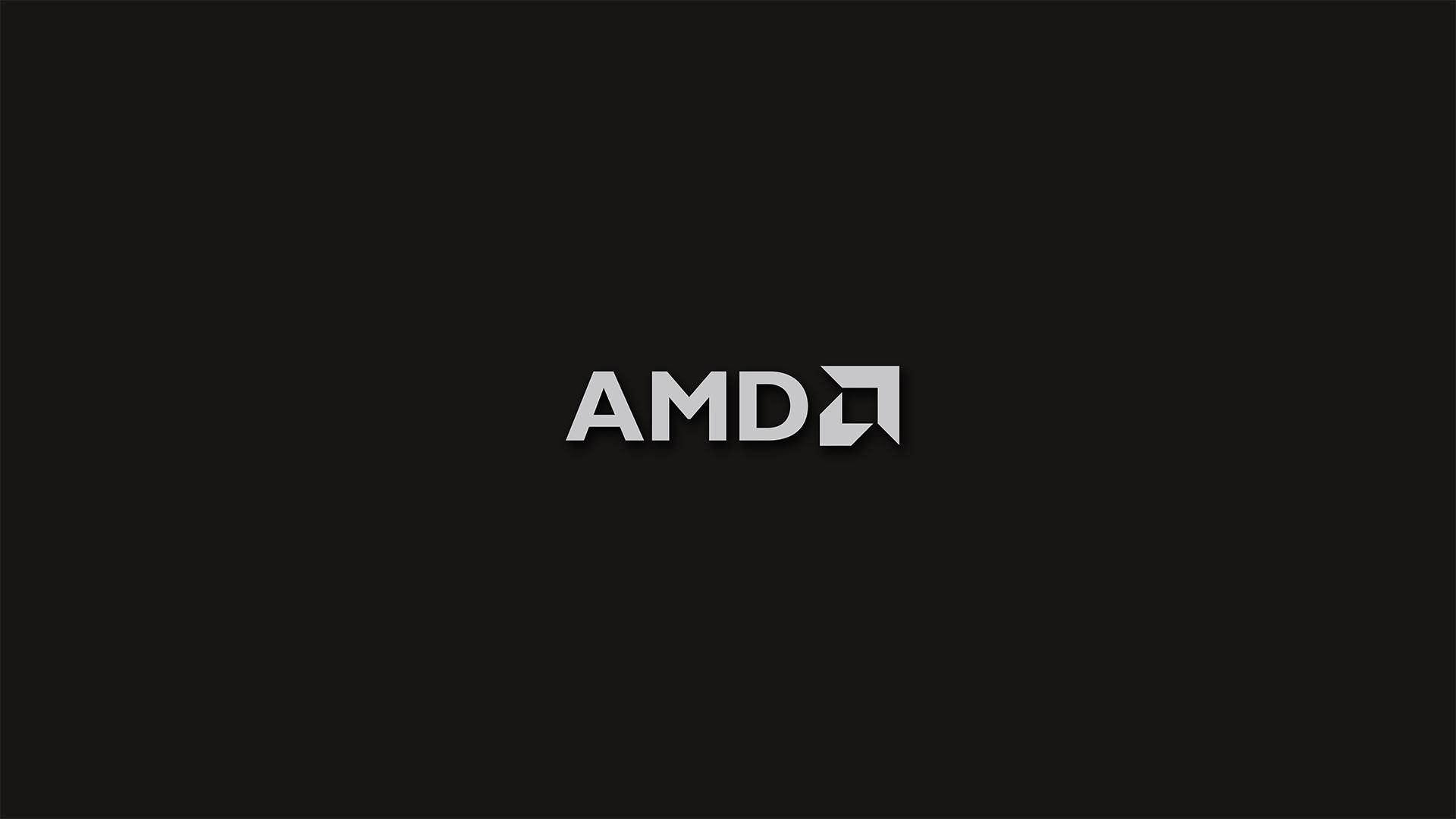Advanced Micro Devices - AMD

Advanced Micro Devices, Inc. (AMD), a leading innovator in high-performance processors and graphics technologies, finds itself at an exciting crossroads. With a strong market position, cutting-edge products, and a relentless focus on innovation, AMD is poised to capitalize on a wealth of new opportunities across various sectors.
AMD, a name synonymous with high-performance processors and graphics technologies, boasts a rich history marked by innovation, competition, and resilience. Founded in 1969 by Jerry Sanders and a group of technology pioneers, the company's journey began with manufacturing memory chips and other components.
Early Days and the Rise of the Underdog:
In the mid-1970s, AMD entered the microprocessor arena, directly challenging the dominant force - Intel. This set the stage for a decades-long rivalry, with AMD playing the underdog role. While Intel held the upper hand, AMD carved a niche by offering more affordable alternatives, fostering a loyal following among budget-conscious customers and performance enthusiasts.
Landmark Moments and Legal Battles:
The 1990s saw AMD introduce its Am386 processor, a reverse-engineered clone of Intel's 386 chip. This sparked a legal battle that ultimately ended in AMD's favor, solidifying their position as a legitimate competitor. Another significant milestone was the launch of the Athlon processor in 2000, which crossed the 1 GHz barrier and became the first widely available chip to do so. This established AMD as a serious contender in the high-performance desktop market.
Expansion and Acquisitions:
AMD's ambitions extended beyond desktops. In 2006, they acquired ATI Technologies, a leading graphics card manufacturer. This move solidified AMD's presence in the gaming market and offered a comprehensive solution for PC enthusiasts. Acquisitions like this fueled AMD's growth and diversification, allowing them to compete across various segments.
Navigating Challenges and the Road Ahead:
Despite their successes, AMD has faced periods of hardship. The late 2000s and early 2010s saw them struggle to keep pace with Intel's advancements. However, AMD persevered, focusing on innovation and strategic partnerships.
Today, under the leadership of Lisa Su, AMD is experiencing a resurgence. Their Ryzen and EPYC processors offer competitive performance and value, while their Radeon RX graphics cards continue to be popular among gamers. AMD's focus on AI and emerging technologies like quantum computing positions them well for the future.
Let's delve into the key areas where AMD can continue its upward trajectory:
High-Performance Computing (HPC):
Exponential Growth: The HPC market is expected to witness exponential growth, driven by artificial intelligence (AI), machine learning (ML), and scientific simulations. AMD's powerful processors like EPYC™ are already making waves in this space, and their continued development holds immense potential.
Strategic Partnerships: Collaborations with cloud providers and research institutions can unlock new avenues for AMD to deliver cutting-edge HPC solutions and expand its reach.
Gaming:
Next-Gen Graphics: The upcoming "Navi 3x" GPUs based on the RDNA 3 architecture promise to revolutionize gaming with unparalleled performance and visual fidelity. This will solidify AMD's position as a major player in the high-end graphics card market.
Cloud Gaming and Metaverse: Cloud gaming and the burgeoning metaverse present exciting opportunities for AMD's graphics technologies. Powering cloud gaming platforms and metaverse experiences can be a significant growth driver.
AI and Machine Learning:
Optimized Solutions: AMD's focus on AI-optimized processors and software tools like ROCm™ positions it well to cater to the growing demand for AI and ML solutions across industries.
Partnerships and Development: Collaborations with AI companies and developing specialized AI processors can further accelerate AMD's presence in this rapidly evolving field.
Emerging Technologies:
Quantum Computing: AMD's recent acquisition of Pensando Systems opens doors to the exciting world of quantum computing. By developing software and tools for quantum computing applications, AMD can be at the forefront of this revolutionary technology.
Edge Computing: The rise of edge computing necessitates efficient and powerful processors at the edge of networks. AMD's low-power processors and embedded solutions can play a vital role in this space.
Beyond Technology:
Sustainability: AMD's commitment to sustainable practices through energy-efficient technologies and responsible manufacturing will resonate with environmentally conscious consumers and investors.
Workforce Development: Investing in talent development and fostering a diverse and inclusive workforce can attract top talent and fuel innovation.
Challenges and the Road Ahead:
Despite the promising opportunities, challenges remain. Fierce competition from established players, geopolitical uncertainties, and the need for continuous innovation demand agility and strategic execution. To stay ahead, AMD must focus on:
- Maintaining its innovation edge: Continuously investing in research and development is crucial to stay ahead of the curve.
- Building strong partnerships: Collaborating with industry leaders can open up new markets and accelerate growth.
- Talent acquisition and development: Attracting and retaining top talent will be vital for success in the competitive landscape.
In conclusion, AMD stands at a pivotal moment, brimming with potential to capitalize on a dynamic and ever-evolving market. By addressing the challenges and leveraging the opportunities mentioned above, AMD can solidify its position as a leader in the technology industry and continue to power innovation for years to come.









